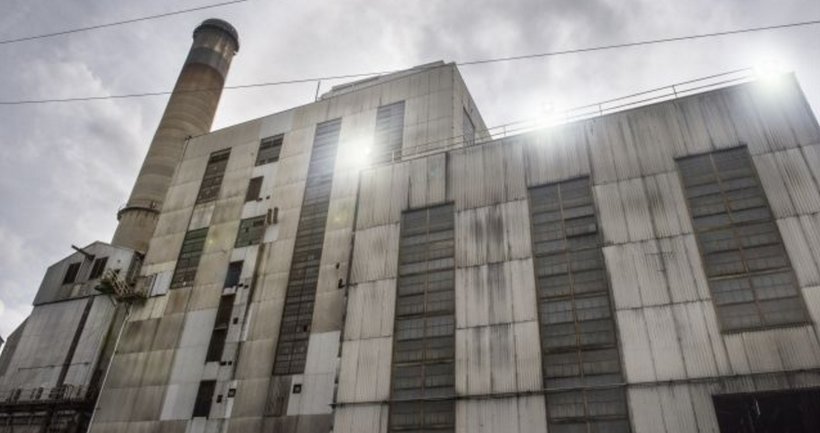
By Allen C. Dittenhoefer, Ph.D.
On June 2, 2014, the Environmental Protection Agency (EPA) announced a new round of proposed regulations to further curb U.S. electric utility greenhouse gas (GHG) emissions. The Chamber of Commerce estimates that these new rules could result in a loss of approximately 224,000 jobs per year and increase electricity rates for American homes and businesses by $289 billion per year.
Despite high unemployment, a contracting economy, and the steadily rising price of food, healthcare, gasoline, and electricity, the Obama EPA threatens to further raise the costs of energy and manufactured goods for all Americans through its quest to dismantle the coal industry.
What the Obama administration could not accomplish through cap-and-trade legislation in 2010 — despite a Democrat-controlled House and Senate — it is now trying to achieve by executive action through a relentless series of industry-crippling EPA regulations. But the damage being inflicted reaches far beyond the well-documented “war on coal.” Collectively, these agenda-driven regulations are increasingly impacting all fossil fuel-related energy production and manufacturing, including oil and natural gas, and other energy sources such as biomass.
RELATED: Beeker: Obama’s EPA regulations could cost Alabama thousands of jobs
Over the past five years, the EPA has drastically changed the playing field for industry to comply with a myriad of regulations and National Ambient Air Quality Standards (NAAQS). These regulations, which circumvent Congress, are dramatically raising energy and manufacturing costs and restricting economic growth.
In 2010, the EPA made unprecedented changes to the NAAQS for sulfur dioxide (SO2) and (NO2) that had been in place for over 40 years. These new standards are effectively a factor of ten more stringent than the NAAQS they replaced. In some cases, these new standards are very close to natural air pollutant background levels, leaving preciously little room for industrial expansion and, in many cases, requiring facilities to shut down.
To further compound the problem, the EPA’s policies and tools for implementing these air quality standards are outdated and highly conservative (i.e., they over-predict), leaving even less room for the American economy to grow.
The accuracy of EPA’s model for predicting the impact of industrial emissions on air quality was recently evaluated in a comprehensive study in the Birmingham, Ala. area. The study took actual air quality data from the Birmingham Airport and the highest SO2-emitting industrial facilities in the area and compared it to the EPA model’s prediction over the same time period. The real-world data showed that the area was in compliance with the air quality standard by a large margin. The EPA model predictions, however, were more than double the monitored concentrations and incorrectly indicated the area would exceed the NAAQS by over 25%.
Based on the EPA modeling results alone, Jefferson County and surrounding counties would be designated by EPA as a “non-attainment area.” This erroneous designation would unnecessarily mandate more stringent SO2 emission limits, resulting in massive compliance costs, possible plant shutdowns, loss of jobs, and highly burdensome restrictions on industrial expansion.
RELATED: Strange to launch legal challenge to Obama EPA’s ‘extremist agenda’
The Birmingham modeling study clearly underscored the gross over-prediction flaws of the EPA dispersion model – a model, by the way, that is also used by the EPA in health risk assessments and regulatory cost analysis, thus inflating the predicted health risks associated with industrial emissions and overstating the health benefits of EPA regulations.
Similarly, the extreme stringency of the new air quality standard for NO2 has created extensive air permitting problems for relatively small industrial expansion projects, including several ongoing projects in Alabama. This standard is even restricting the permitting of relatively clean natural gas- and biomass-fired industrial boilers and furnaces.
Earlier this year, the EPA recommended that ozone NAAQS levels be lowered to a concentration very close to natural background levels, virtually bringing the entire state of Alabama and most of the country (including some national parks and wilderness areas) into non-attainment. Undoubtedly, the volatile organic compound (VOC) and nitrogen oxide (NOx) control technology requirements and emissions offsets required for these ozone non-attainment areas would severely inhibit economic growth in the state and around the nation.
Contrary to the Obama Administration’s claims, the science of global climate change is not settled. Many prominent scientists are challenging the theory of manmade climate change. The EPA’s “end run” around Congress in the name of climate change has become more than a “war on coal” – rather, it is more and more becoming a war on jobs in Alabama, and a war on hope for economic prosperity across the entire U.S.
Dr. Dittenhoefer is an Alabama-based meteorologist with over 35 years experience in air pollution consulting for industry and government. He received B.S. and M.S. degrees from Cornell University and a Ph.D. from Penn State.












